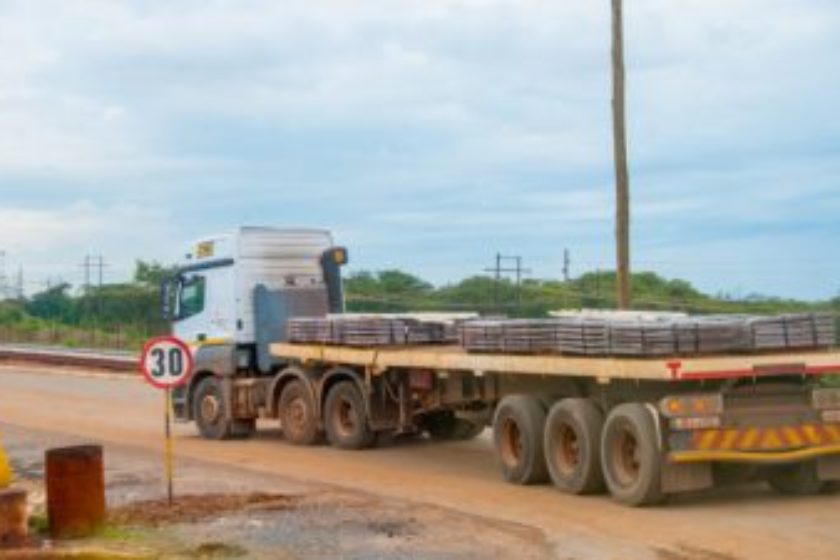Zambia has recorded a marginal increase in its copper production for 2018 to around 861,946 metric tonnes from 799,329 tonnes recorded in 2017, boosted by First Quantum Minerals’ (FQM) operations in Kalumbila District.
But last year’s increased copper output still means that Zambia remains Africa’s second-biggest producer of the red metal, with the Democratic Republic of Congo (DRC) expected to hit over 1.2 million metric tonnes.
According to the official Ministry of Mines data, Zambia’s total copper production last year marginally rose to an estimated 861,946 tonnes from 799,329 tonnes recorded in 2017.
The total copper production included all of the country’s 10 large scale mining operations as well as small-scale mining operations, which accounted for at least 10,859 metric tonnes from the total tonnage.
Data reveals that although FQM’s Kansanshi Mining Plc recorded a marginal drop of 249,532 tonnes last year from 250,803 tonnes in 2017, its output in 2018 was the highest among all 10 mining companies in the country for a third successive year.
Additionally, Ministry of Mines Permanent Secretary Paul Chanda explained that FQM’s Sentinel Copper Mine in Kalumbila District produced record output of 223,655 metric tonnes, which helped contribute to Zambia’s overall copper production increase.
“The performance of the sector was better in 2018 relative to 2017. The increase in copper production is attributed to: i. The ramp-up in production at Kalumbila; ii. Improved plant availability and utilization at the Tailings Leach Plant at KCM coupled with higher grades; iii. Commissioning of the Synclinorium Shaft at Mopani in Kitwe has increased volume of ore being hoisted,” Chanda explained in a statement released, Wednesday.
Both Kansanshi and the Sentinel’s copper output last year constitute for 473,187 tonnes out of the country’s total production or nearly 55 percent from just two operations.
And 6 other mining companies equally recorded upward copper production output last year.
These included: Mopani Copper Mines, whose output hit 62,191 metric tonnes from 44,860 tonnes in 2017; Konkola Copper Mines (KCM), whose output rose to 93,165 tonnes last year from 84,436 tonnes in 2017; Chibuluma Mines, who recorded 11,258 tonnes in 2018 from 10,194 tonnes in 2017; CNMC Luanshya, whose output increased to 50,363 tonnes last year from 43,206 tonnes in 2017 and Sino Metals, who recorded 9,312 tonnes from 7,100 tonnes, while Lubambe’s copper production hit 22,074 tonnes from 18,037 tonnes during the period under review respectively.
On the other hand, Barrick Gold’s Lumwana Copper Mine saw its output fall to 101,890 tonnes last year from 116,170 tonnes in 2017, while NFCA recorded 27,644 tonnes down from 27,706 tonnes during the period under review respectively.
But Zambia’s increased 2018 copper production still means that the country remains Africa’s second-biggest producer of the red metal, with the DRC expected to hit over 1.2 million metric tonnes.
The DRC first managed to surpass Zambia as the continent’s biggest copper producer after that country managed to produce over 900,000 metric tonnes of copper in 2013, registering a sharp rise and surpassing Zambia’s 754,916 tonnes produced that year.
Source: News Diggers




